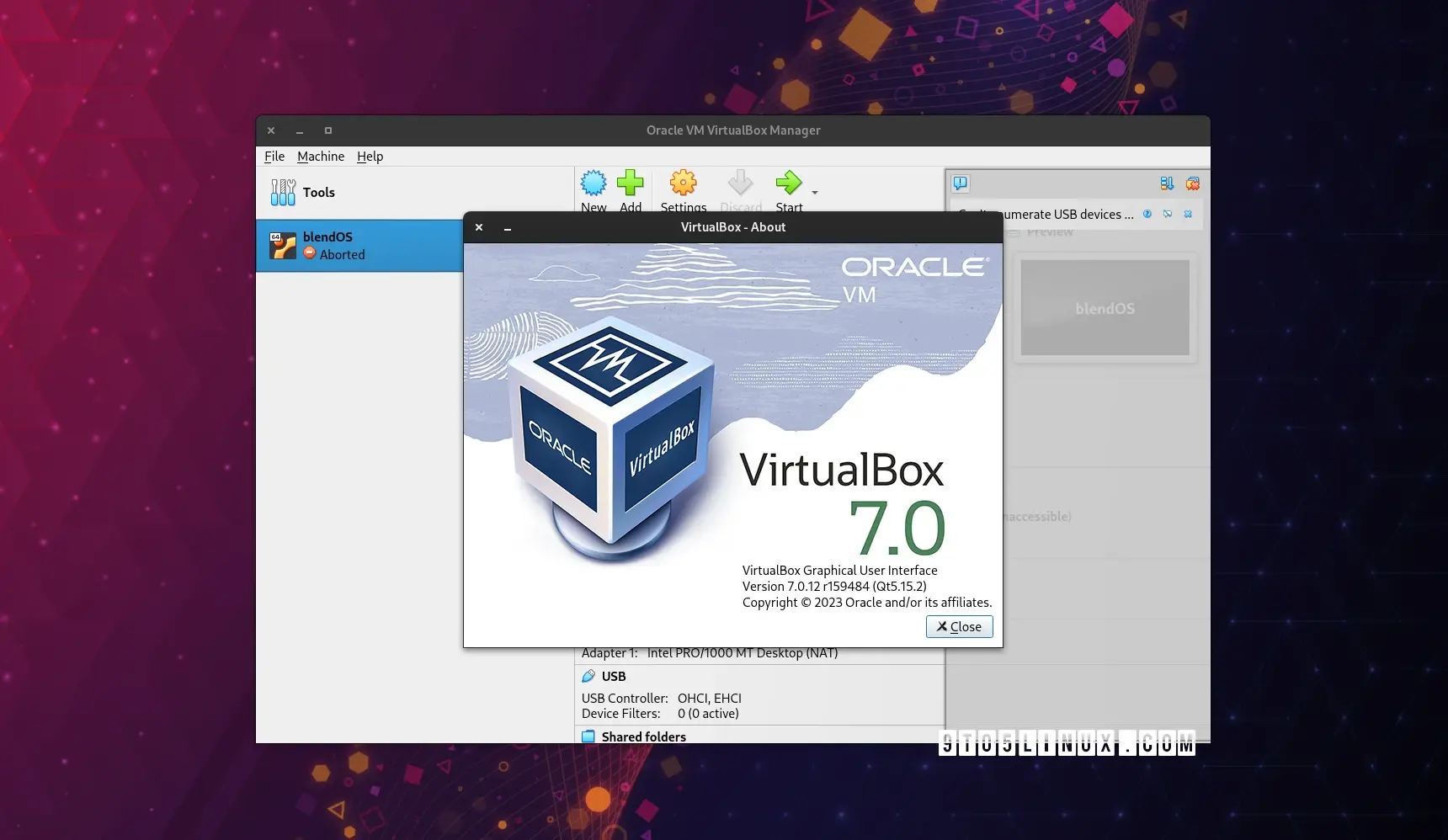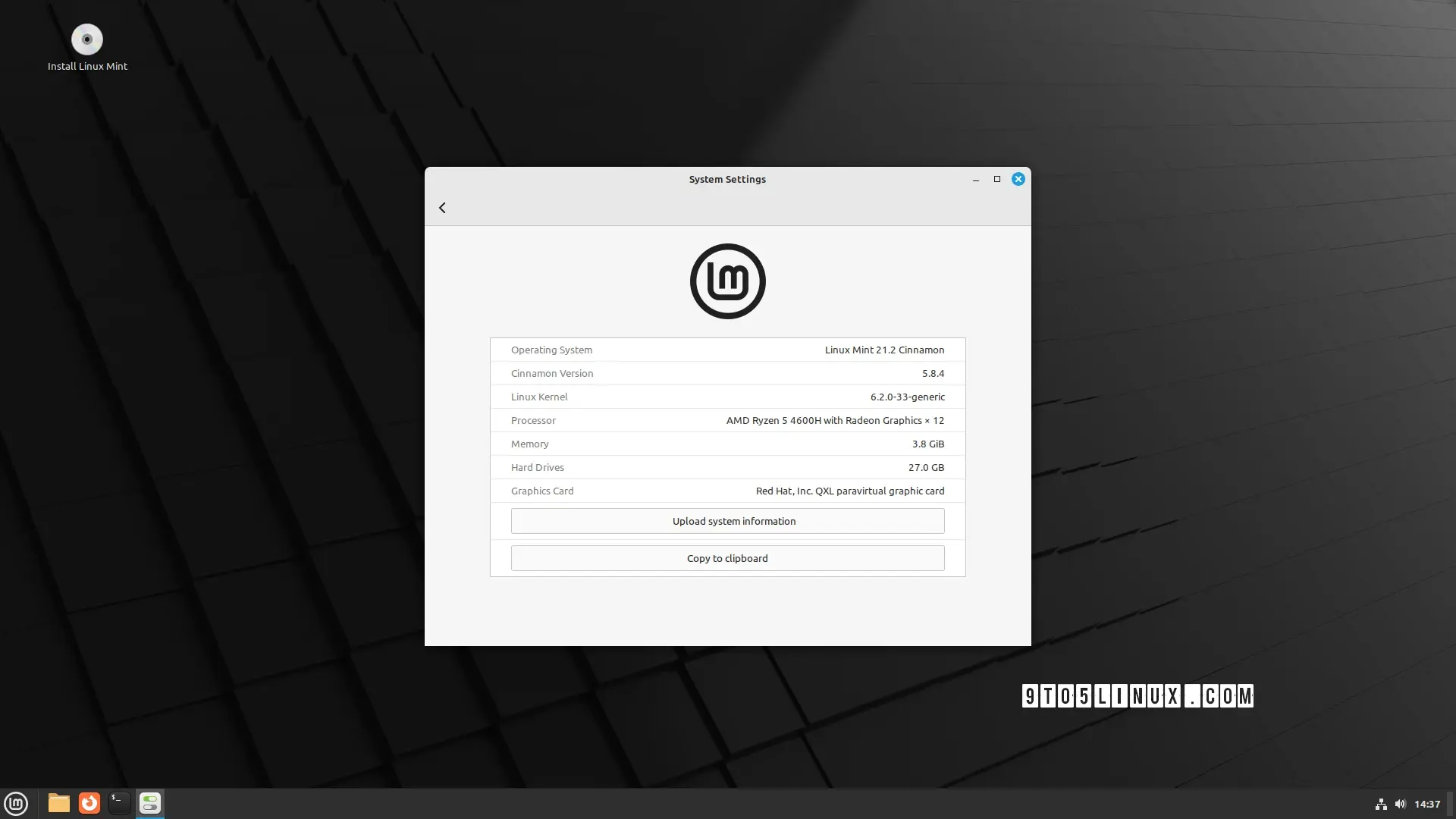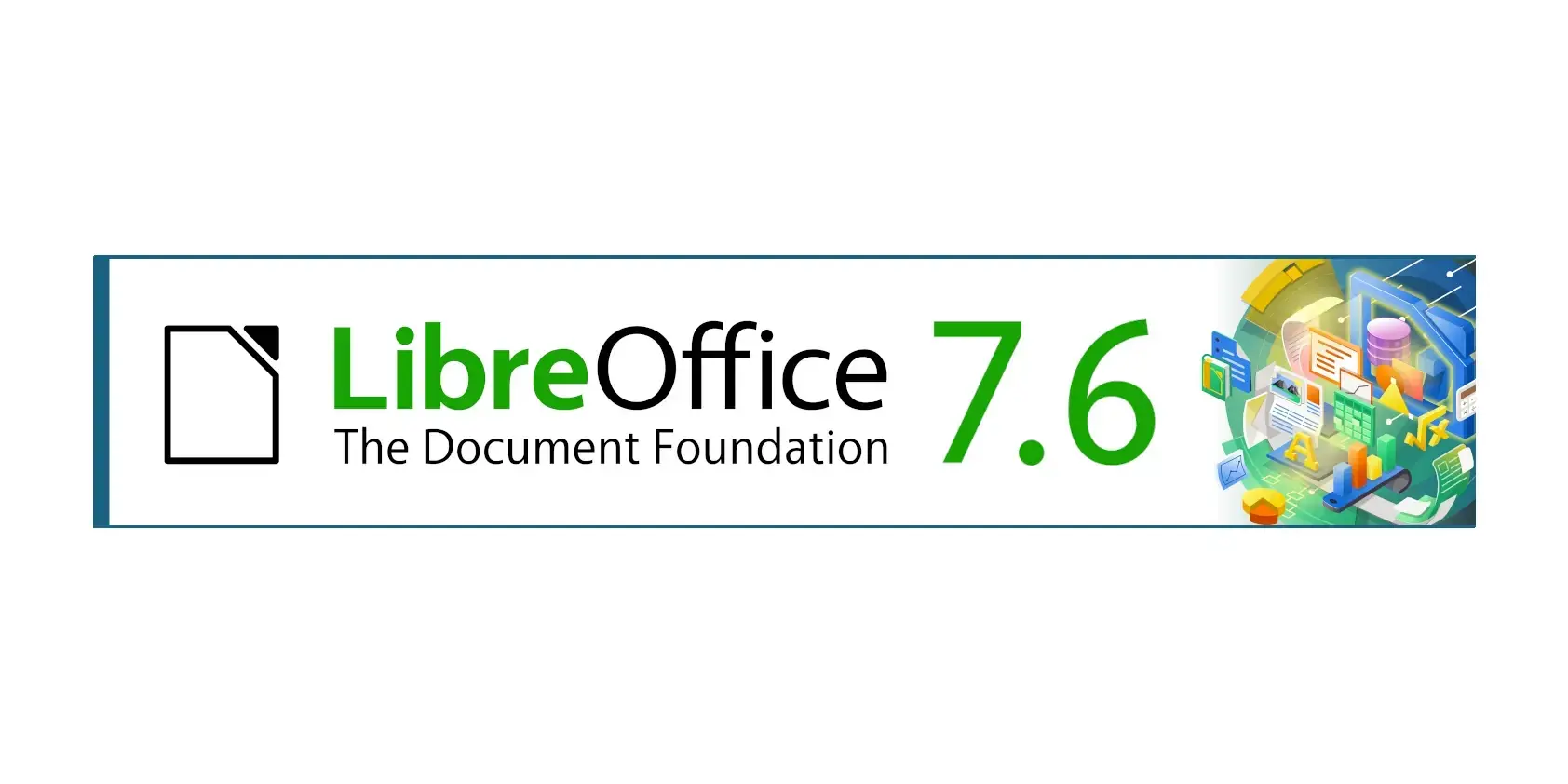deleted by creator
BuckShot
If you’re not careful, the newspapers will have you hating the people who are being oppressed, and loving the people who are doing the oppressing.
— Malcolm X
- 6 Posts
- 11 Comments

 6·11 months ago
6·11 months agoUNetbootin could be cool, it’ll provide access to mamy iso’s instead of just one.
Distro’s supported:
- Ubuntu - Kubuntu - Xubuntu - Lubuntu - Debian - openSUSE - Arch Linux - Damn Small Linux - SliTaz - Linux Mint - Zenwalk - Slax - Elive - CentOS - FreeBSD - NetBSD - 3CX - Fedora - PCLinuxOS - Sabayon Linux - Gentoo - MEPIS - LinuxConsole - Frugalware Linux - xPUD - Puppy LinuxIt can be used to load various system utilities too, such as:
- Parted Magic - SystemRescueCD - Super Grub Disk - Dr.Web Antivirus - F-Secure Rescue CD - Kaspersky Rescue Disk - Backtrack - Ophcrack - NTPasswd - Gujin - Smart Boot Manager - FreeDOS
The KDE spin has x11, KDE is my go to DE everytime. So assumed that layer I guess.
But Fedora is upstream of Alpine, right?
Heck ya to Fedora, glad to see it recommended for a first time user. It’s not much more difficult than Mint, but you can also get into the weeds instead of having to find a new distro after Mint. Mint basically has permanent training wheels, while with Fedora you can pop em off whenever it’s convient.
Edit: Fedora is also a more up to date Alpine and it’s not directly controlled by Red Hat.

 4·1 year ago
4·1 year agoJust going off how things are setup in the KDE spin, the tracker is what allows you to search and find files on the machine. Disabling it would most likely make it tough to find files. But I’m not familiar with gnome just to be clear. I’d say report it and hopefully someone else can provide better detail.
It’s quite an easy program to install and it’s also cross platform. The fact drives need the softwarenon aNY PC trying to gain access seems like a feature to me. Maybe if you wanted to copy something from the encrypted drive to a friends computer, only then would it be somewhat of a nuisance. But this all ties into me recommending to leave some portion of the hard drive alone. You’d be able to access anything not in VC’s space anywhere, while it’s also a breeze to download and install VC too.
If things are still the same from ~ June of 2022 then you have a choice between none, Linux Ext2, Linux Ext3, Linux Ext4, and NTFS.
Edit: VeraCrypt utilizes a unique encryption process. Its easy as you just move the mouse around like you went mad, but this produces a highly secure encryption key too. As long as your distro works with NTFS then it seems VeraCrypt can assist to help you encrypt. Otherwise, when Windows is a VM it only can do what Linux allows it to do lol
Depending on your specific situation, it could be a solid option to just jump in to whatever distro covers your needs best and just run Windows in a VM. On a current Linux device which previously ran windows, throw this in the terminal:
sudo strings /sys/firmware/acpi/tables/MSDM
and it will source the old Windows product key. You can also just jot down the key by pulling it up in Windows too. But regardless of how it’s handled, it makes the VM setup an easier process for sure!
VeraCrypt is the only company I use when it comes to encrypting external drives. Depending on what distro you use, you’ll just have to select the proper file format. Aside from that, maybe encrypt 90% of the drive so there’s some space for a few things which you can access without mounting the drive. When you go through the setup in VeraCrypt, it directly asks if the drive will be used with one or different systems, so they got you covered there. You can also find many video walk throughs online to follow along with as well.
According to GPU Check, the RX570 was able to run games at 1080p and 144 Hz on a 24" ViewSonic XG240R gaming monitor. While not 180Hz, it’s comparable. The RX570 has recommended resolutions of 1920x1080, 2560x1440, or 3840x2160 as well. It seems like it’s a solid choice based on your needs and isn’t insanely expensive either.






Just paste the images into a word processor then convert them to a PDF, this at least keeps the PDF instead of JPEGs.